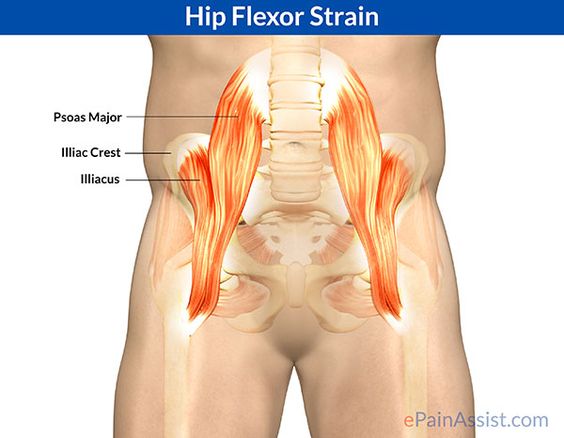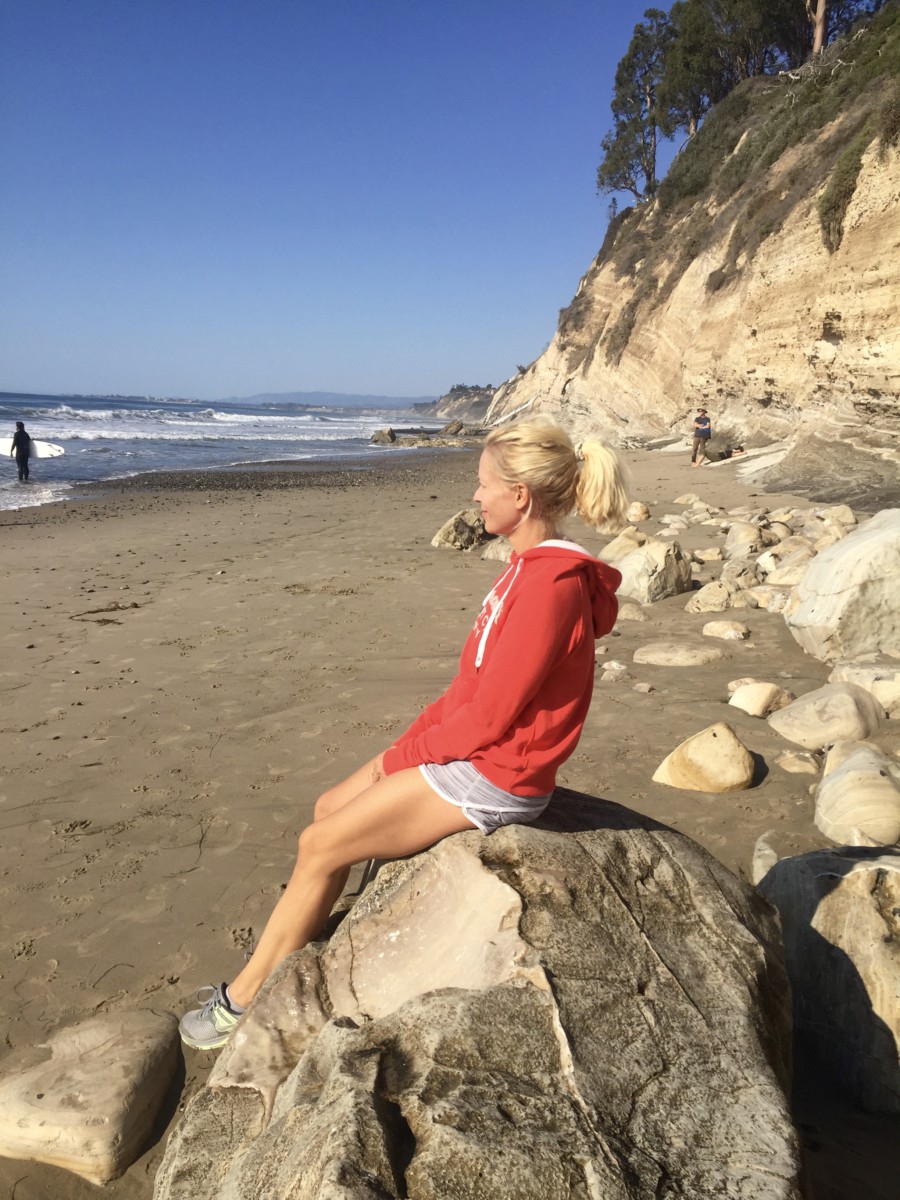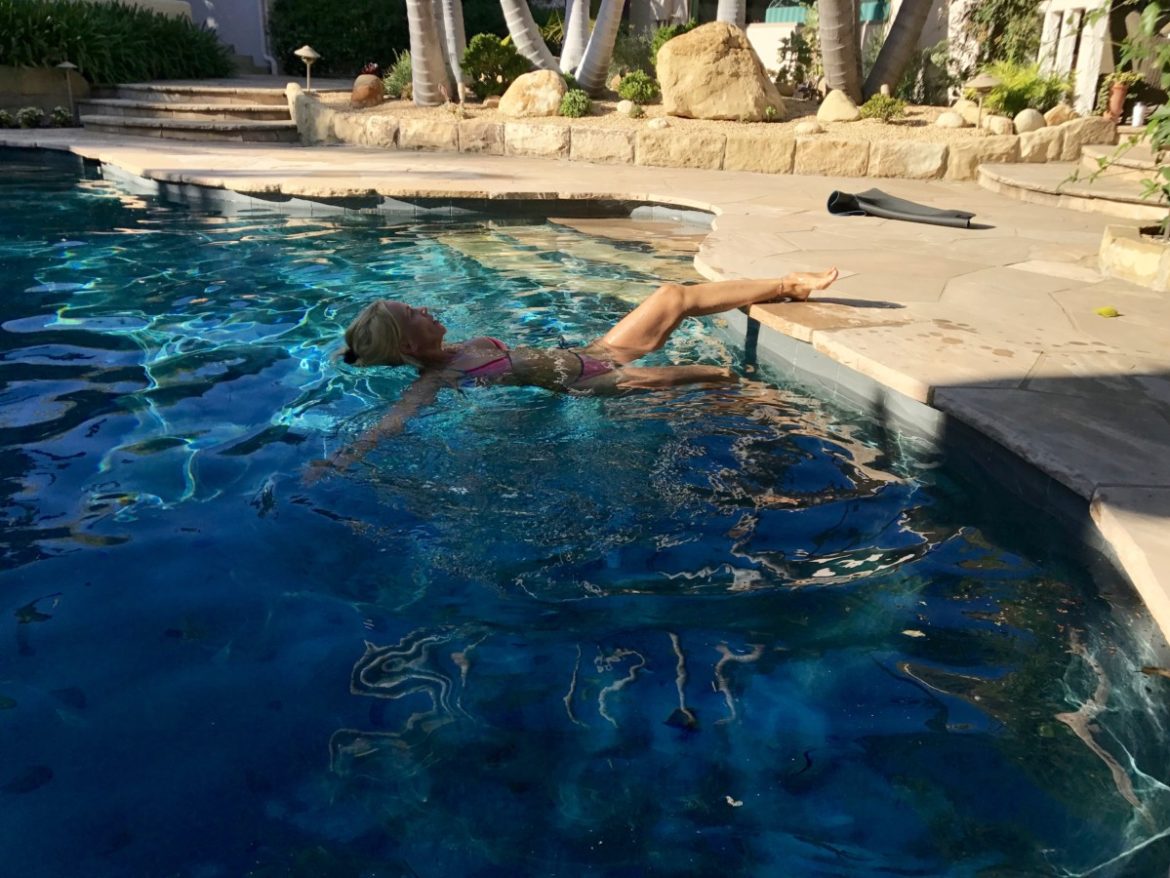This post is also available in: Norsk (Norwegian )
Would you like to know something new about your inner core, your integrity, about who you really are and how you put down those limits and listens to your own needs and desires? I guess the answer is yes. But at the same time I guess you are a bit surprised when i challenge you to dig deeper in to one muscle – the most important of them all. I that i actually mean what I say. After I started investigating the ILIOPSOAS I finally got the broader picture. Psoas is pretty complicated and exciting at the same time. It represents the midline, your core and it is the messenger communication from your deepest self. Not every one will share these thoughts, but feel free to continue reading in case you thing there might be some sense in these experiences I have had here in California.

When you start working on your Psoas muscles you will at the same time stop living on the edge of pains and challenges, and start blooming from within becoming more of the person you truly feel you are.
Unfortunately we pay to little attention to the Psoas. Psoas is short for iliopsoas and consists of two integrated muscles; the psoas major with origin in the lower back and iliacus wirh the origin in the pelvis. Its the deepest core muscle we have and its placed on the front under the abdominals connecting the spine to the legs.
http://monicaoien.no/2016/12/09/sjelens-muskel/

It will benefit you if you suffer from lower back pain, anxiety or kneetrouble. Still many therapists “forget” to even mention this muscle. “glemmer” å nevne denne muskelen. It can be overwhelming and emotional to start the work of getting to know your Psoas. You will about your pattern, the way you move and practice (especially yoga and pilates) and learn that in many exercises you contract your core in stead of relaying on your skeleton to support you. I recommend you to stay openminded and curious in order to bring your work (out) to a next level. This will bring more stability in your body.

Pic borrowed from www.pinterest.com
How to spot your Psoas:
Imagine your body is like an onion. You start peeling the first layer which is your skin, then the next which are your frontal and posterior abdominals and the obliques. Then the next and even deeper you will find the intestines, and the the back muscles. Continue until you reah the core of your skeleton. This is where the Psoas muscles are on each siden of the spine. Connected to the 12th Thoracic vertebra and lower back through your pelvis and then finally attach to your femurs. In fact, they are the only muscles that connect your spine to your legs. Your psoas muscles allow you to bend your hips and legs towards your chest, for example when you are going up stairs. They also help to move your leg forward when you walk or run. The Psoas is activated in almost every asana in Yoga. All these exercises will be performed better when the posts is stretching. But in the backbends the posts need to be firm and stretched to maintain the stability of the spine.
This information is mechanical. But to truly understand the psoas you need to connect to the process also. The Psoas is representing an inner journey. Usually its not the muscle itself which is the problem. But it´s a messenger from the nervesystem and it can be really helpful learning to interprete the pain its sends out instead ignoring it.

Liz Kock has written The Psoas Book and she claims that one should not have the psoas manipulated by others. In the book she inspires us to selfadjust ourselves when its not working. She thinks its more important to work on self healing to build up a deeper intuition, sensibility and body awareness. But professionals have different opinions and I have experienced that through my chiropractor I have actually been able to located and be aware of where the muscles are connected.
Some exercises to find and connect to your Psoas:
Øvelse 1: Intuitive water floating
Floating in a pool while supporting one leg to the edge or the stairs can be helpful. Allowing your body to float and move from side to side and surrender into the natural movement. Be playful and openminded and let the instincts lead your body. Maybe you are able to visualise how the muscles work and comment, from your posts, to your back, to your legs and core.

Flow
Øvelse 2: Intuitive yoga
No asanas or specific movements is leading, only you through your body instincts. Stretching, dang´sing, swinging, bending and playing, like a cat or a dog in the morning performing their first stretch or downward facing dog.
Øvelse 3: Knee Float
The goal is here not to trigger the hip flexors, but release the tension. Lay down on your back with both feet on the ground. Now place a ball or a towel behind your knee and squeeze. Keep your spine in neutral position and make sure you feel the connection to the ground. Lift the leg where you have the ball using the back muscles of your core and not the leg. The goal of a knee float is to connect to and use your psoas to lift your knee into the air. Repeat this move 10 times on each side.

A ball or a towel under your knee
Some facts:
- when tight its disturbing your digestion
- connects to the diaphragm and affects your ability to move and breathe
- when you are stressed the posts contracts and more stress will arise
- triggering the fight/flight modus signalising that your body is in a constant danger
- when you suffer from stress your psoas will be
The same contractions also occur when:
-
- you sit for long periods of time
- engage in excessive running or walking
- too much sit-ups
- sleep in the fetal position
This is what my chiropractor Dr Neal Barry says about the Psoas:
Its a good idea to analize if your psoas is short and tight, if so your could try these exercises:
http://monicaoien.no/2016/10/24/3-ovelser-for-ro-og-styrke/
But if its weak and even over elastic it might need strengthening.

Good luck in your own posts journey!!
Best wishes
Monica
Sources: Notes from lectures at White Lotus Foundation by Ganga White and Tracey Rich and The Psoas Book by Kiz Kock

